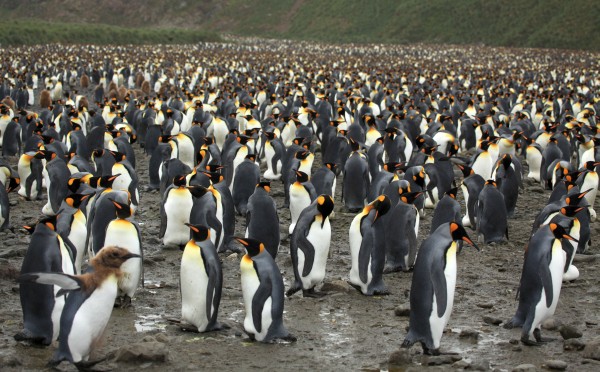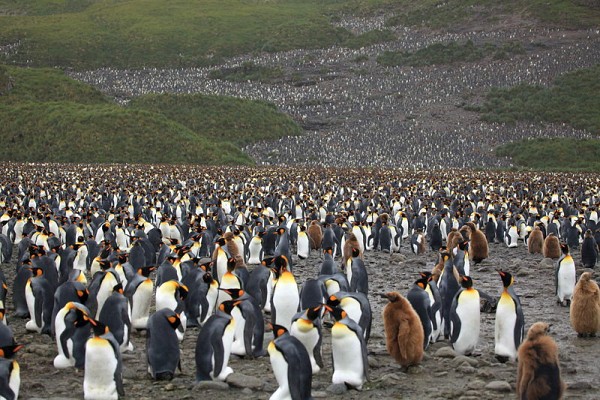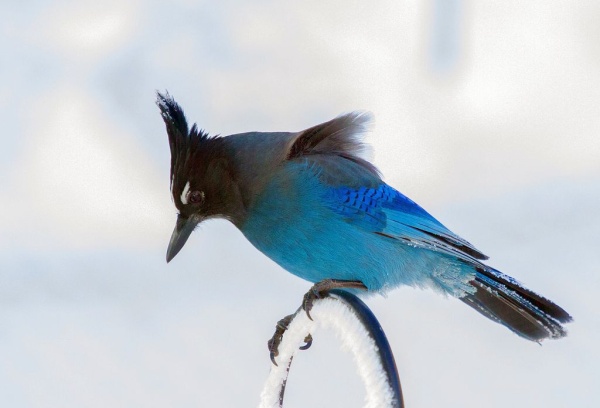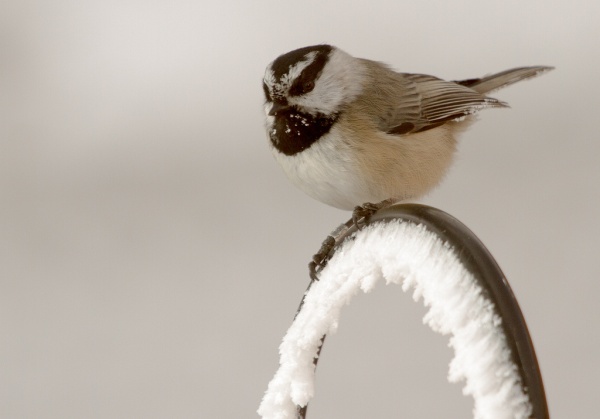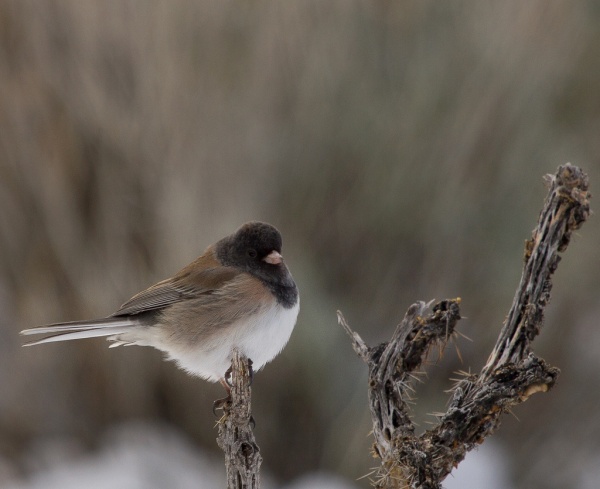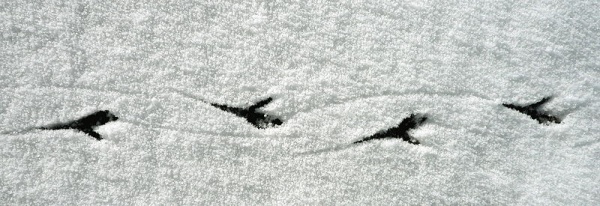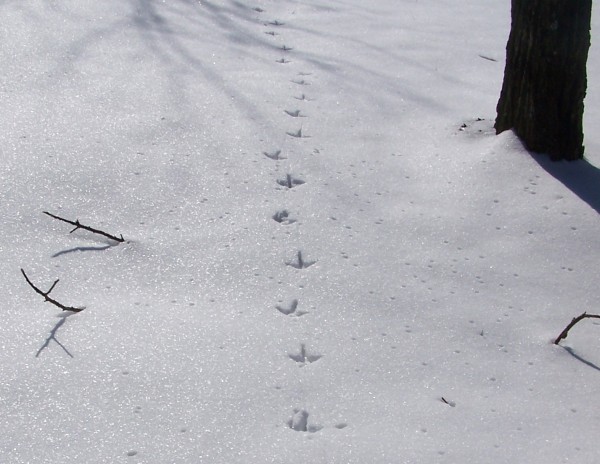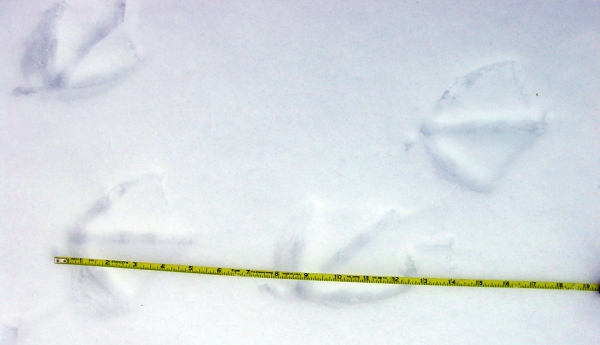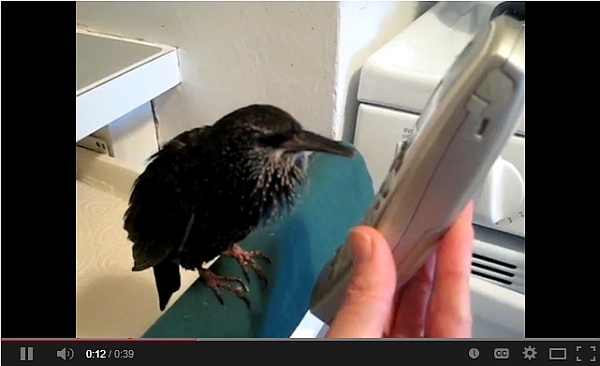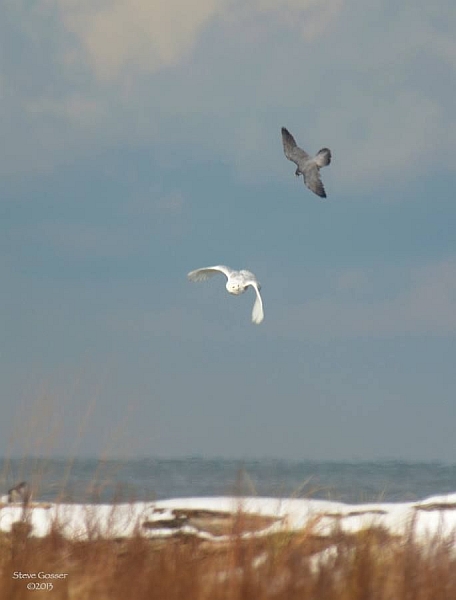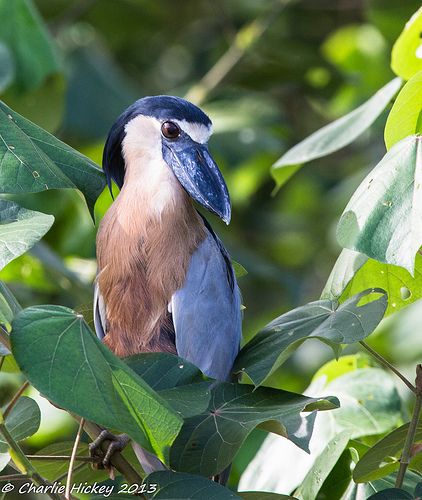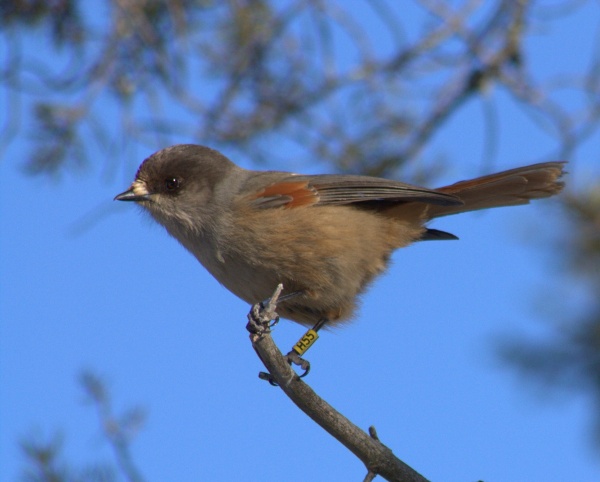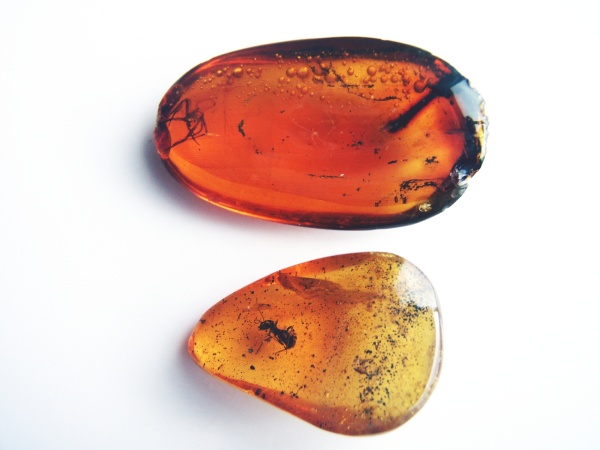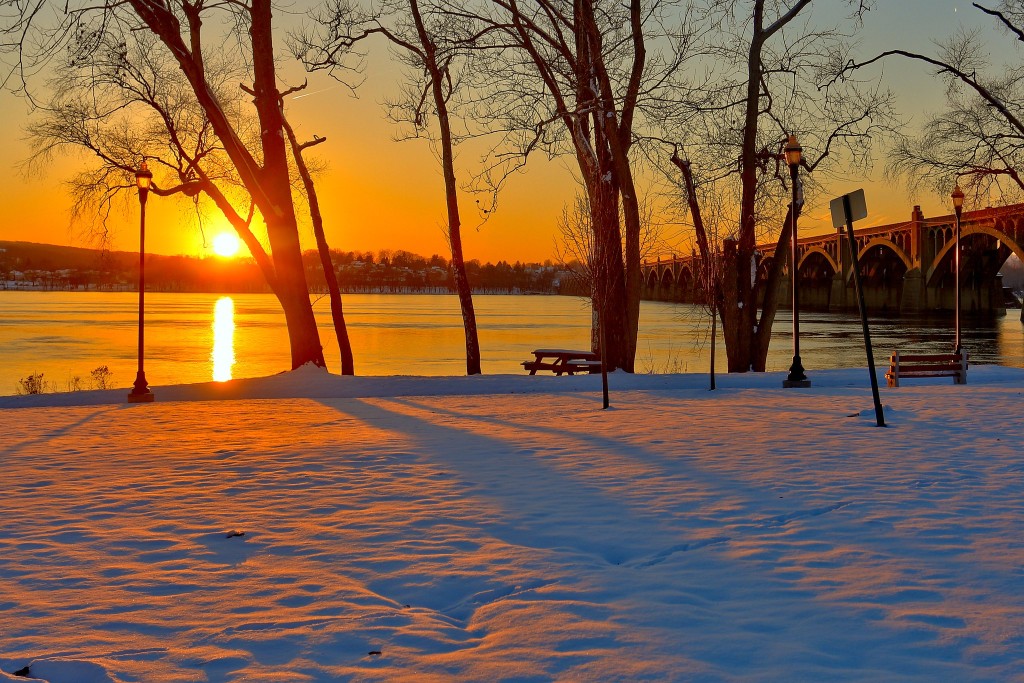
21 December 2013
Today at 12:11pm the sun will stand still.
We call this the “winter” solstice but it’s more accurate to call it the southern solstice because the sun is going to stand still over the southern hemisphere. The word “solstice” describes the event: sol means sun and stice, from sistere, means to stand still.
You might be jealous of the southern hemisphere right now because they’re in the midst of summer but take heart in this: their spring and summer are shorter than ours.
That’s because the Earth doesn’t move at a constant speed in its elliptical orbit. It takes the Earth 92.8 days to travel from the point of our vernal equinox to the location of the northern/summer solstice (March to June), 93.6 days from the summer solstice to the autumnal equinox (June to September), 89.8 days from the autumnal equinox to the winter solstice (September to December) and 89.0 days from winter solstice to vernal equinox (December to March). Thus the seasons aren’t equal in length.
This means that in the northern hemisphere spring and summer together are 7.6 days longer than those seasons in the southern hemisphere. We have a week’s more warmth than they do.
If this is confusing, check out the earth map and explanation at this link at timeanddate.com whose information I paraphrased above.
(photo of the sun setting over the Susquehanna at Wrightsville, PA by John Beatty)
